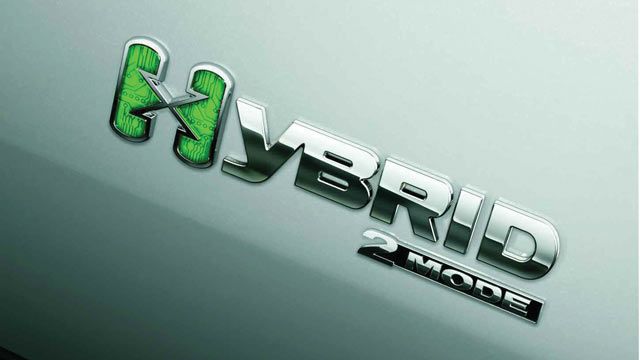Electrical Applications
Engineers use MATLAB and Simulink to develop electrical technologies that help increase reliability, improve efficiency, and mitigate climate change, from motor control and battery management for electric vehicles to integrating renewable energy into the power grid.

Motor Drives and Traction Motors
Develop embedded software for motor-inverter systems

Renewable Energy and Energy Storage
Perform grid-scale integration studies, develop wind and solar farm architecture and control systems

Electric Vehicles and Transportation
Perform vehicle-level electrical system and control design for electric transportation

Battery Systems
Design battery packs and develop battery management systems

Microgrid, Smart Grid, and Charging Infrastructure
Develop network architecture and perform system-level and control system design of power system infrastructure

Fuel Cells and Electrolyzers
Develop architectures and controls for PEM fuel cells and electrolyzers in hydrogen systems

Power Conversion
Develop embedded software for high, medium, and low power converter architectures

Generation, Transmission, and Distribution
Conduct bulk power grid analysis and planning for generation, transmission, and distribution systems

Building Energy Management
Perform power system analysis and energy management design for residential and commercial buildings

AI for Electrification
Apply artificial intelligence (AI) techniques to the design, control, and operation of power electronic devices and power systems.
Engineers and Scientists Worldwide Rely on MATLAB and Simulink for Electrification

Motor Drives and Traction Motors
Danfoss (4:20)
“Our mission is to step up the way we use modeling and simulation for digital engineering — it enables us to develop faster and add value to our customers.”
Wladimir Schamai, Danfoss

Transforming the Grid: How Siemens Energy Manages the Energy Trilemma
Transforming the Grid (4:03)
“Discover Siemens Energy’s innovative approach to power transmission, addressing the energy trilemma using cutting-edge technology and Model-Based Design.”

Electric Vehicles and Transportation
GM
“The Two-Mode Hybrid powertrain took Model-Based Design to a new level within GM. This project provided the confidence and experience we needed to apply MathWorks tools for Model-Based Design on other large-scale global engineering programs.”
Kent Helfrich, General Motors
Why MATLAB and Simulink for Electrification?
MATLAB and Simulink support all stages of electrical technology development from early-stage feasibility studies to proven operational technology.
MATLAB and Simulink make it easy for you to move from:
- Electrical component design to electrical system design
- Fundamental control blocks to production-ready control code
- Desktop simulations to hardware-in-the-loop (HIL) testing

Electrical System Modeling and Simulation
From electrical components to electrical systems
Read more: Model-Based Design
- Start with an expansive library of models and reference examples, from solar cells to PV farms, single IGBTs to grid-tied inverters, a standalone microgrid to large-scale transmission networks, and from a single motor to full electric vehicles
- Include multidomain physical effects (such as heat generation in power converters and air flows in fuel cell compressors) for increased model fidelity
- Tailor models to your needs and strike a balance between model fidelity and simulation speed
- Conduct studies on physical system models with different component-level and system-level configurations, evaluate design trade-offs, and optimize overall system performance

Control Design and Deployment
From fundamental blocks to production code
Read more: Embedded Code Generation, Hardware Support, Model Deployment
- Design digital controls in the same environment with the electronic component or electrical system model
- Choose from prebuilt classical or learning-based control algorithm blocks designed for specific applications such as motor controls and battery management system controls
- Automate the tuning process and analyze control system response in time and frequency domains with interactive apps and tools
- Perform rapid control prototyping (RCP) by running desktop control simulations and testing controls on real-time machines
- Generate readable, optimized C/C++ or HDL control code for deployment on common embedded processor targets and FPGA or SoC targets

System Analysis and Testing
From desktop simulation to HIL testing
Read more: Verification, Validation, and Test
- Perform system analysis and virtual testing by running desktop simulations of varying parameters, time scales (from milliseconds to hours), and solution scales (from standalone microgrid to interconnected grid networks)
- Simulate normal and fault operating conditions to ensure robust controls and reliable operations of power electronic devices and power systems
- Accelerate the simulation process by using parallel computing or deploying code generated from the model to multicore machines
- Overcome real-hardware infeasibilities and cost barriers by testing controls and operations with HIL testing

